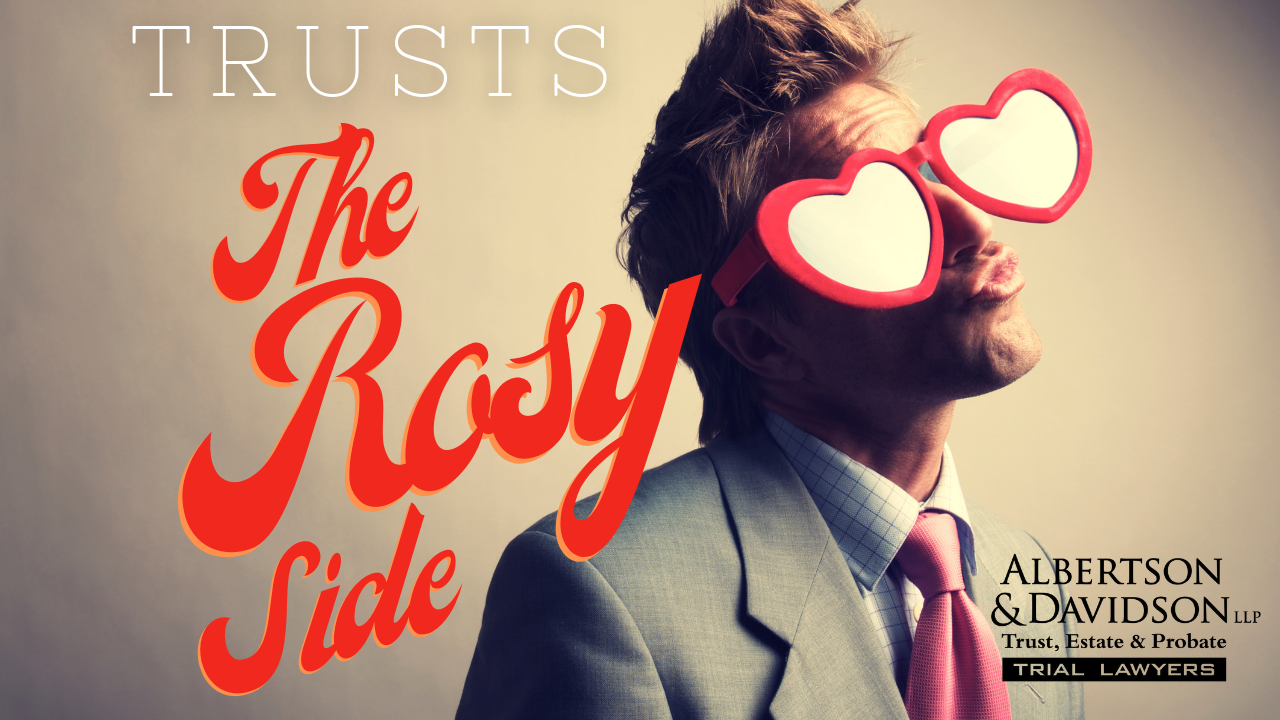
Let’s start with the uses of Trusts before we tear them apart discussing the abuses in this series. A trust is a legal fiction. Much like corporations, a Trust is viewed through the eyes of the law as a separate, independent legal creation. But unlike corporations, Trusts can only act through the Trustee.
Process of Creating a Trust – What to Know
Let’s start with the basics. When you create a Trust, if you are going to do it correctly, you must sign a legal document that sets out the terms of the Trust. Then you transfer your property to the Trustee, who acts as the Trust manager.
It’s important to note that Trusts do something very unique with your property.
They split ownership into two different categories:
- Legal ownership refers to the power to make decisions over the property. When someone buys, sells, rents, or takes a loan using the property as collateral, those are all examples of exercising legal ownership. You do that now if you own a house, a car, or any other property. You decide when to buy, sell, rent, or anything else.
- Beneficial ownership is something that usually is attached to legal ownership: that is, the right to enjoy the benefits of your property. If you own a house, you can live in it, that’s a benefit. If you own a rental home, you receive the rental income, another benefit. Up to now, when you own a property you are both the legal and beneficial owner of that property. But once you create a Trust, that all changes.
Roles in a Trust and Their Responsibilities
The Trustee is the legal owner of the Trust property—they call the shots. Whereas the beneficiaries received the beneficial ownership of the Trust, they derive the benefits. The Trustee does the work, the beneficiaries enjoy the results.
When you create your own Trust, you will most likely be both the Trustee and the beneficiary of that Trust during your life. That means you won’t see much of a change. You control your assets, and you enjoy the benefit of those assets, just like you did before you created the Trust. Only now, you are wearing two hats instead of one. Once you lose capacity or die, things change, however. Then a new Trustee will take over management of the Trust and new people will be the Trust beneficiaries.
Sometimes the new, successor Trustee who takes over after you’re gone is also a beneficiary. For example, if you leave your oldest son in charge as Trustee, but the Trust is held for the benefit of all four of your children, then your oldest son will be the one wearing two hats.
But unlike you, the oldest son will have far more constraints on his actions. For starters, your Trust will probably become irrevocable upon your death—most Trust are. That means the Trust cannot be changed or modified—its terms are set in stone. And an irrevocable Trust is much more strict than a revocable one because the Trustee owes the beneficiaries duties at this point. Not just the current beneficiaries, but future ones as well. It is a big job to act as Trustee.
Second, your eldest son will have to take into account the other Trust beneficiaries in all actions he takes. You don’t have to do that while you are alive because you are the only beneficiary of your Trust AND the Trust is revocable. Under the eyes of the law, when a Trust is revocable by you, then you are the only one who matters. But once you die and the Trust becomes irrevocable, that no longer applies. Now all the beneficiaries matter. Their rights, their interests, their equity must be looked after and protected by the Trustee.
So you can easily see how the Trustee of an irrevocable Trust has their work cut out for them. They have all the responsibility, and they owe fiduciary duties to a lot of people—all the beneficiaries. So it can be a difficult job and not every person is cut out to be a good Trustee. They must follow the Trust terms, treat the beneficiaries equally, and make good financial decisions.
When a Trust works as intended it is a wonderful estate planning device. It allows a smooth transition of assets from one generation to the next without requiring court intervention. However, when things go wrong with a Trust, they can go very, very wrong. And that will be the subject of our future posts in this series: Trust abuses.
